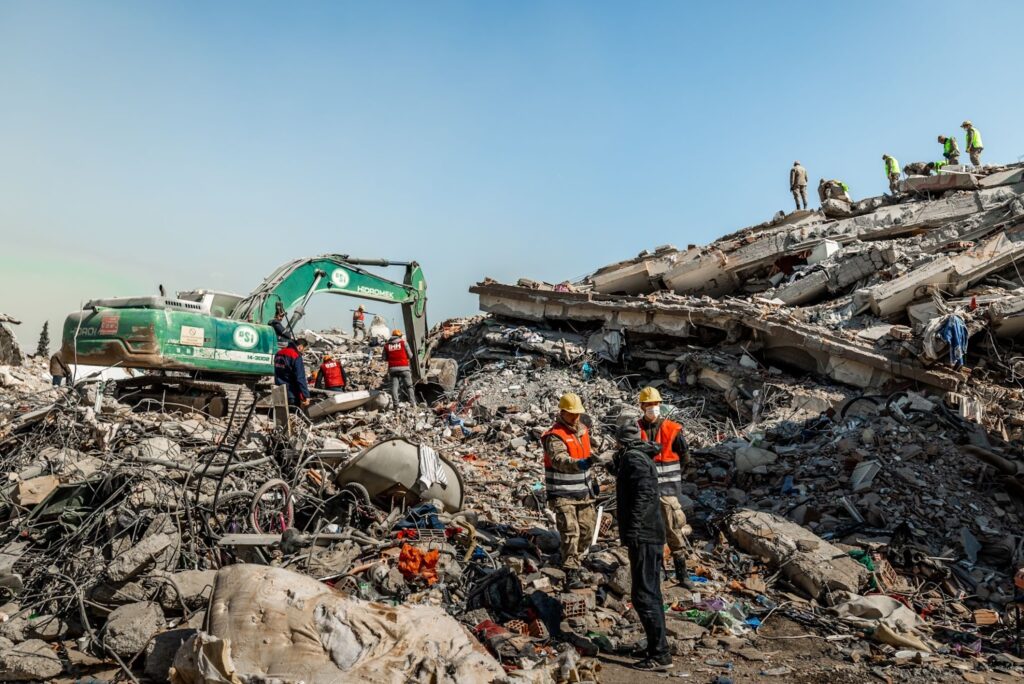Share
The Humanitarian OpenStreetMap Team (HOT) supports humanitarian action and community development through open mapping. Given their commitment to open source data and tools, HOT became one of the first organizations to join HDX when it launched in 2014. Since then, they have added over 4,000 datasets covering 249 countries and territories, which currently accounts for about 20 percent of all data on HDX. Below, we take a closer look at how their community works and the type of data they produce.
When disaster strikes anywhere in the world, HOT is able to mobilize thousands of volunteers who come together online and on the ground to create open data that enables disaster responders to reach those in need. The data is derived from a crowdsourcing model that leverages OpenStreetMap (OSM), a free, open source, editable map of the world.
The data is contributed to OSM in one of three ways:
- In-person, mobile data collection that is focused on the location of specific infrastructure, such as education and health facilities.
- Remote sensing and digitization from satellite imagery or unmanned aerial vehicles to create building and road datasets.
- Importing existing datasets from governments and organizations.
Following the earthquake in Türkiye and Syria in February, HOT’s activation team coordinated with the Turkish open mapping community, Yer Çizenler, to map a large part of the affected area. HOT volunteers have been updating a number of datasets that are available on HDX, in particular the location of destroyed buildings which has been among the most popular resources for this crisis.

Datasets shared by HOT are in high demand at the onset of a new crisis. The data includes the essential ingredients for map making: road networks; populated places; airport, railways and port locations; education and health facilities; and rivers and waterways. These details are critical for humanitarians to understand the physical geography and infrastructure of a country.
The humanitarian open mapping community, which is currently estimated to be around 423,000 people from around the world, is continuously updating the data on OpenStreetMap. The HOT and HDX teams realized early on that it would be impossible to keep the datasets on HDX up to date without an automated process. In 2016, we worked together to build an extension to the HOT Export Tool–called the HOT Bot–which sends the data to HDX on a regular cycle. This eliminates the complex task of configuring a custom export in the HOT Export Tool and pre-packages the data in common GIS data formats broken down by country and region.
In 2022, the data exported by HOT to HDX was downloaded almost 67,000 times by users in 194 countries and territories. Data attributed to HOT is included in the HDX Data Grids for nine countries covering three sub-categories: airports, roads and populated places (see example from Afghanistan below). Read more about this data in our 2023 report on The State of Open Humanitarian Data.

For HOT, data quality is a primary concern. Additions and improvements are contributed by a large number of partners in the humanitarian and development space, as well as commercial partners using OSM data in their workflows and products. To complement existing data validation, HOT and HDX are working to provide additional insights into data accuracy.
For more information about the Humanitarian OpenStreetMap Team and its open mapping community, visit their site. Watch our HDX Dataset Deep Dive event with HOT here.